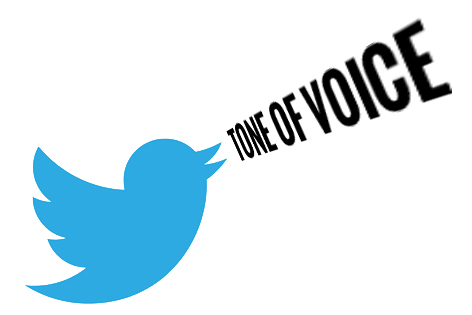We first wrote about duplicate content in 2017, and we’ve since updated this article with guidance around how Google in particular treats duplicate content.
A pair of words that copywriters will know well is “duplicate content”. Sadly it’s a bit of web jargon, but if we said the word “plagiarism” you might start to recall the risks of copying other people’s work from school or university days.
It’s interesting in our modern age that students’ assignments at university are now compared by their lecturers to Google’s search results to see if they have stolen people’s work from the web. And if you’re creating a website then be warned. Google will be doing the same to your site.
There’s a secondary issue you should also consider – which is duplicating content on your own website. After all, if you have a great piece of content it may appear in different sections of the website.
How to avoid duplicate content
Google calls it “duplicate content” and since Google aims to provide quality, relevant results. It frowns on sites that share the same content. At the risk of putting duplicate content in this blog, let me tell you what Google says on this:
“Something like 25-30% of all the web’s content is duplicate,” said Matt Cutts, who was Google’s head of web spam back in 2017. He went on to say that Google accepts that it’s something that happens, “for example if you were to quote a paragraph from another blog on your website”. He adds that Google does not automatically assume that your website is spam unless your website is composed mainly or entirely from content found elsewhere. But if your website is not the first to publish content, Google will ‘group’ duplicated content together and will only show the original version in its search results.
So, by copying other people’s copy and content you risk not being displayed in search results. At worst Google will delist your site altogether.
Of course stealing another writer’s content is not morally right. Worse still, there’s copyright in the words someone uses, and you may be breaching the law by copying.
That’s where Copywriter UK comes in. We can help you write fresh, appealing content. This not only reflects well on your business, but will appeal to Google.
Duplicate content of your own copyright
Where you have a great piece of content, it can often be useful in various contexts. For example, we have ISO certification for copywriting. But we’re also certified for PR services. The benefits of the ISO are slightly different, but much of the ISO content is the same. We may want to have two virtually identical ISO pages – one under our copywriting menu, and one under PR.
We haven’t done this to manipulate Google, but only to communicate effectively to our potential customers. Google may not penalise us for this – although it may make a mistake and assume you’re acting unfairly. It could then delist you. Similarly, it may make its own decisions on which pages to index – and these may not be the pages you want listed. The best thing to do is to use the “canonical” tag to tell Google exactly what you’re doing, and which it should consider to be the content that should be indexed.
Google provides some guidance on this. Again, if you are confused our Oxygen web developers will be able to help.
https://developers.google.com/search/docs/advanced/guidelines/duplicate-content




